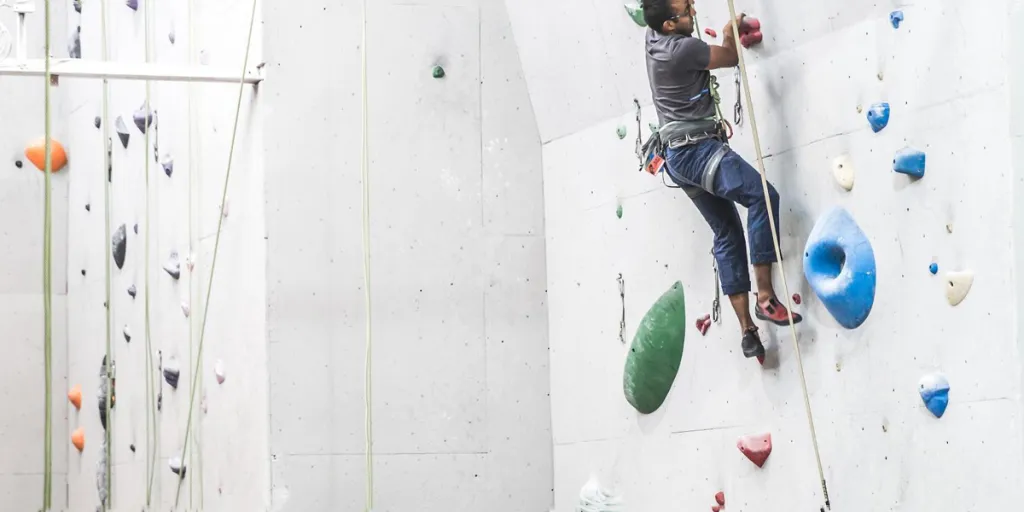Climbing high off the ground is an exciting feeling some consumers simply can’t get anywhere else. But despite the adventure, climbing remains a dangerous sport. For this reason, consumers need the right gear and accessories—and harnesses are an excellent place to start. Moreover, Google Ads reported that 18,100 potential customers are searching for them in 2024.
Sport climbing harnesses may be the only thing keeping climbers from falling and experiencing the opposite of a thrill. While many options exist in the market, brands must use a keen eye to ensure they sell quality climbing harnesses that match the customer’s style and needs.
This article will dive into five crucial factors to help select the bestions options on the market, as well as three strategies to make sure you are marketing your harnesses right in 2024 .
Table of Contents
How big is the climbing harness market?
5 things to consider when stocking climbing harnesses
3 climbing harness marketing strategies to adopt in 2025
Final words
How big is the climbing harness market?
The climbing harness market is on a fast growth trajectory. Reports suggest that the climbing harness market has already reached US$ 36.8 billion in 2024. However, experts predict the value will readjust to US$ 66.63 billion by 2031, growing at a speedy 8.85% compound annual growth rate (CAGR). The same report attributes the market’s explosive growth to multiple factors, including increased demand for better climbing products/services and integration of advanced technologies.
5 things to consider when stocking climbing harnesses
1. Safety ratings
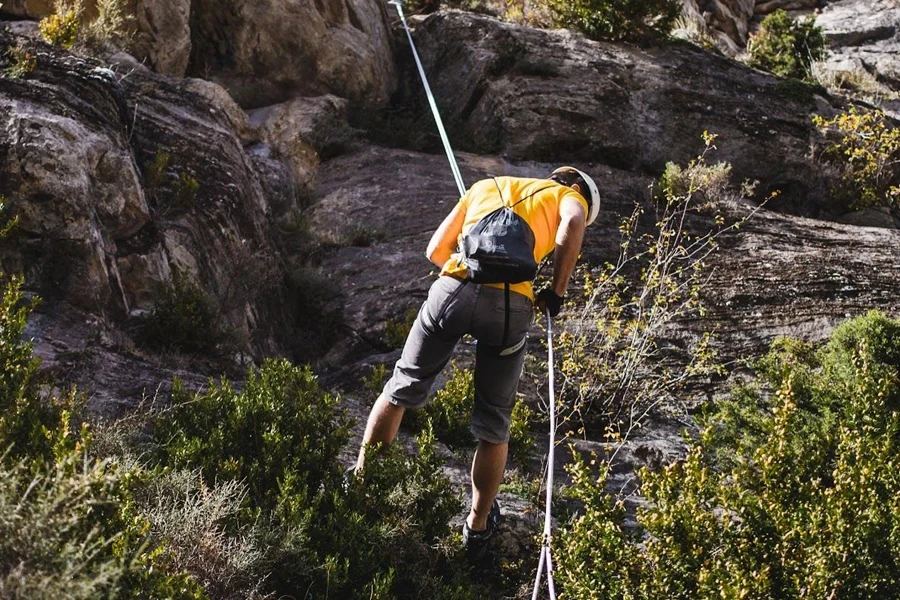
Don’t take stocking harnesses lightly. They are essential safety equipment with the necessary ratings to ensure maximum safety. Be sure to work with manufacturers that have tested and certified their harnesses for climbing.
How can business buyers spot these safety ratings? It’s easy—they can search for UIAA or CE-certified (or any other safety certification) logos on the packaging or logos. But it doesn’t end there. Retailers must also check three important parts to ensure their chosen harnesses meet the safety standards.
The first is the waist buckle. This part must be double back and have a minimum of three-inch tail webbings. The second and third are the belay loop and tie-in points, which must follow the strength ratings. Usually, belay loops and tie-in points on certified harnesses must hold a minimum force of at least 15 kN (kilonewtons), which is roughly equivalent to 3,372 pounds of force.
However, many harnesses exceed this minimum and boast belay loop and tie-in point strengths of up to 25 kN (5,620 pounds of force). Retailers can rest assured that certified manufacturers often test their harnesses well beyond the minimum requirements.
2. Harness feature
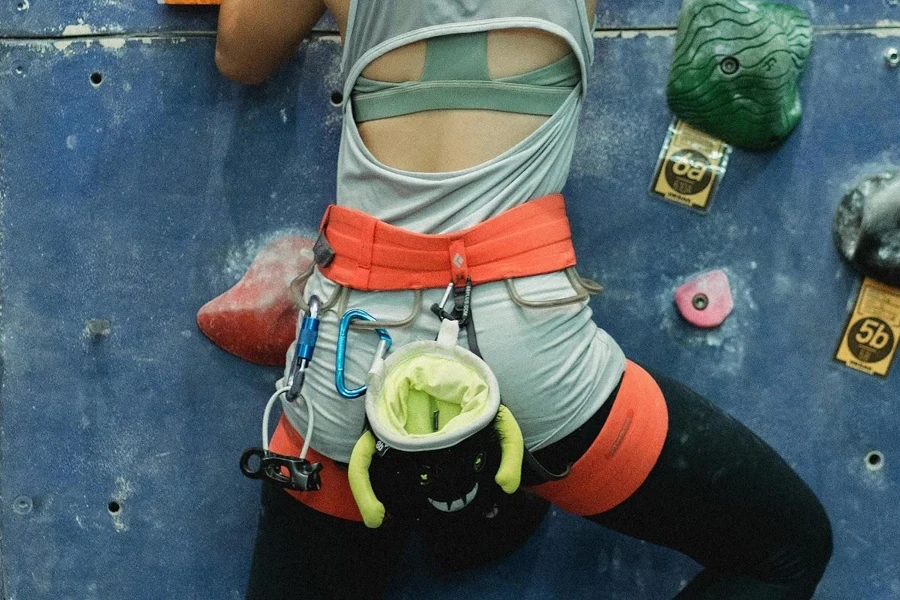
Generally, all harnesses have similar basic features. These can include waist belts with auto-locking buckles, gear loops, two-leg loops, and belay loops. However, harnesses can also come with optional features.
What’s interesting is that the different basic and optional feature combinations often determine what consumers can use the harness for. These extra features can include an ice clipper slot, additional numbers and bigger sizes of gear loops, and leg loops with adjustable buckles. Find out what feature sets work best for each climbing style below.
3. Consumer’s climbing type
The most important question (yes, even more important than the first two points) is, “What kind of climbing will the target consumers use the harness for?” While almost all climbing styles require a harness, different varieties are needed for maximum effectiveness—although some harnesses have versatile designs that can handle all styles.
Here’s a quick look at the different climbing styles and what to prioritize for them.
Gym and sports climbing
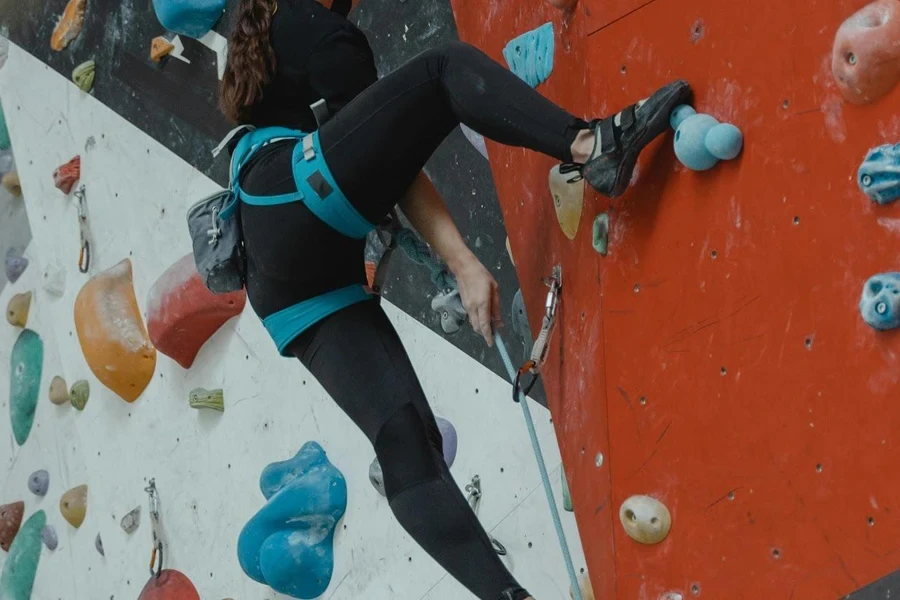
This climbing style doesn’t need as much gear as other types. Hence, gym/sports harnesses often have 2 to 4 gear and fixed leg loops. They are also thinner and lighter to provide a better indoor climbing experience, especially when climbers don’t even need any gear.
Outdoor sports climbing, however, is another story. With sport routes getting longer, some climbers will need more than 30 quickdraws to complete the ascent. Retailers can offer these consumers harnesses with four gear loops, as they can easily accommodate the increase in gear.
Trad and multi-pitch climbing
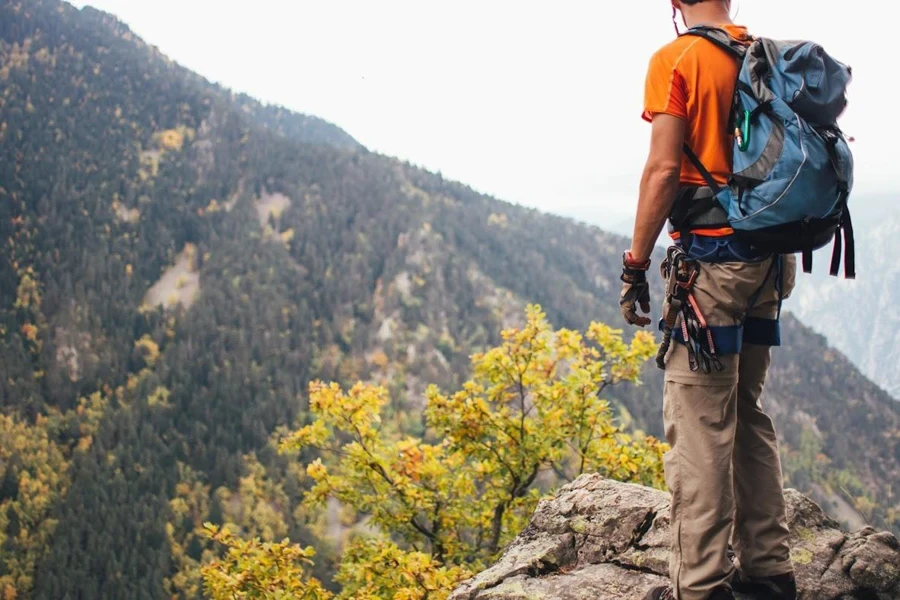
Unlike sports/gym climbing, this style requires full gear sets. If consumers are targeting multi-pitch routes, they will need rappelling gear, full anchor set-ups, water, and clothes to last the entire climb. For this reason, retailers must offer them something beefier than sports/gym harnesses.
Typically, these thicker harnesses offer more than four gear loops to help climbers rack all their gear effectively. Plus, they provide extra comfort and support for long days on the climbing route.
Ice climbing
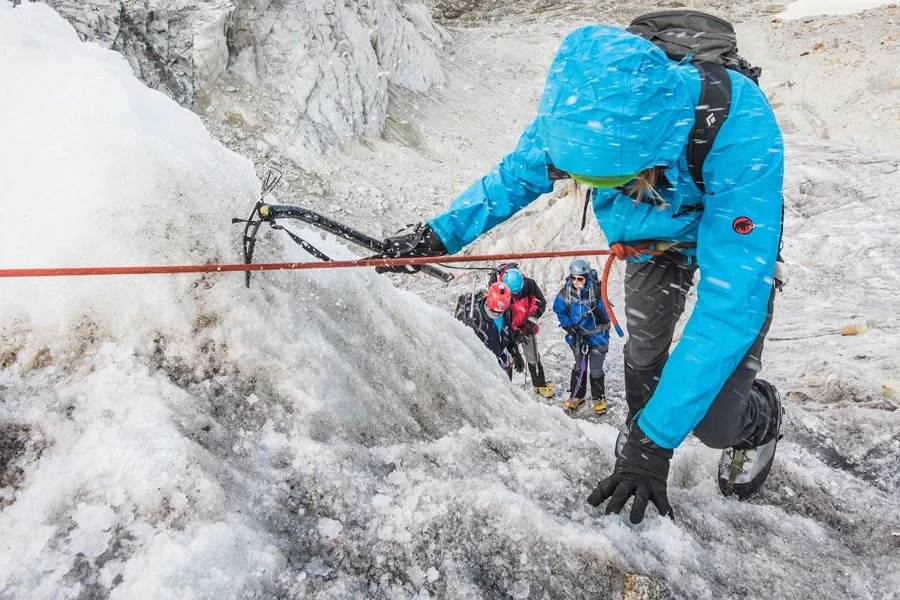
Although ice climbing harnesses resemble rock climbing counterparts, they come with an extra feature: clipper slots. This feature helps hold ice clippers to help consumers track their ice screws. More importantly, retailers must focus on harnesses with at least two ice clipper slots and adjustable leg loops to accommodate the notorious winter clothing extra bulk.
Alpine climbing and mountaineering
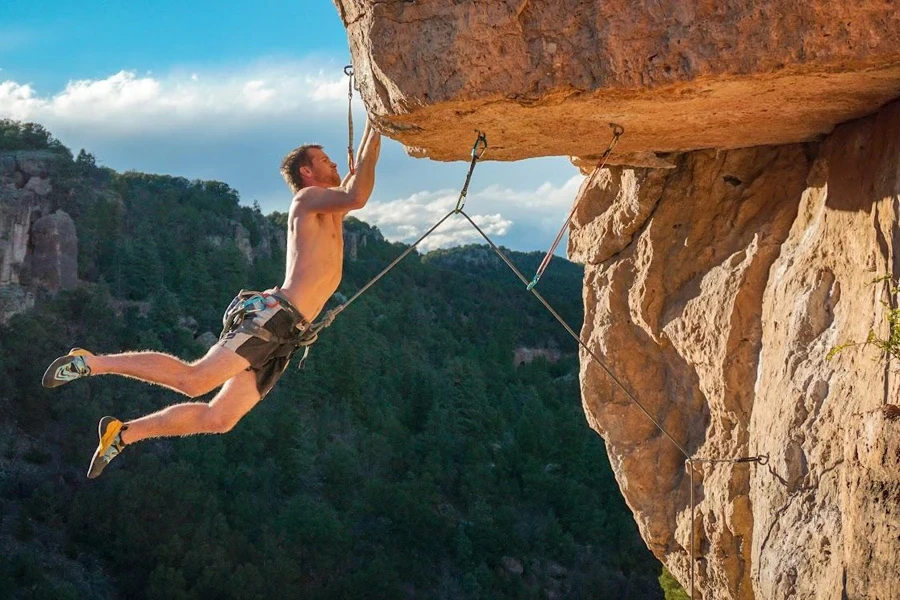
Alpine climbing is all about scaling mountains fast. While the harnesses required for this style look similar to ice-climbing variants, they are way lighter. They often have low profiles, so consumers can easily wear them under backpacks.
Similarly, mountaineering harnesses have little or no padding to provide protection at low weights. They also have fewer gear loops to reduce unnecessary bulk. Additionally, some harnesses have fully adjustable leg loops, allowing consumers to wear them without removing their gear (like skis or crampons).
4. Size and fit
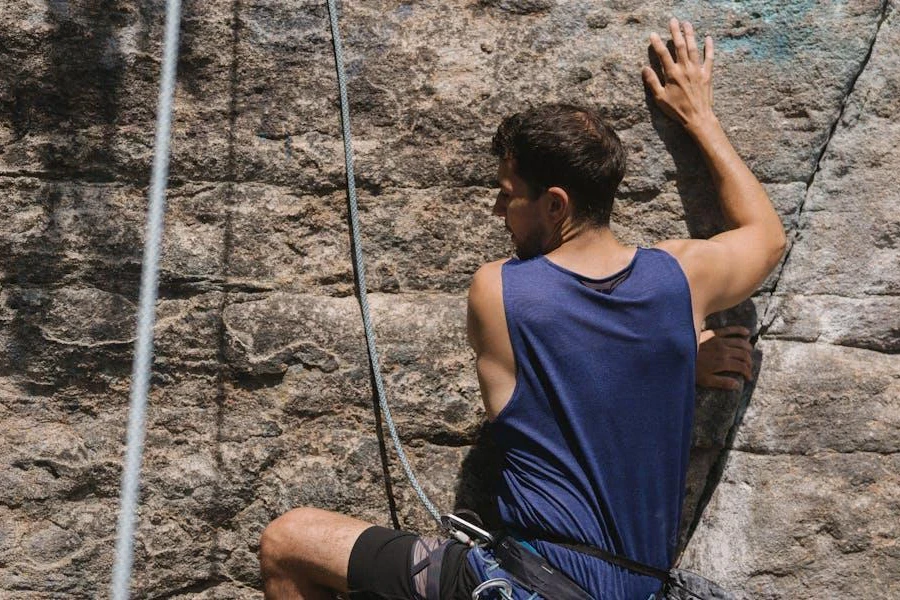
People come in different sizes, so it’s only fitting that harnesses also have different sizes. Manufacturers often base harness size on the waist and leg loop circumference. If retailers are running physical stores, consumers can try harnesses before purchasing. But online stores don’t have that luxury—so here’s a table to help guide harness sizing when stocking.
| Size | Waist circumference (cm) | Leg loop circumference (cm) |
| XS | 56 to 66 | 48 to 58 |
| S | 66 to 76 | 52 to 62 |
| M | 76 to 84 | 56 to 66 |
| L | 84 to 91 | 60 to 70 |
| XL | 91 to 100 | 64 to 74 |
| XXL | 100 to 110 | 68 to 78 |
5. Adjustable vs. fixed leg loop harnesses

Harness leg loops often come in adjustable or fixed leg styles. While adjustable styles have buckles and webbings, fixed leg loops only allow for tiny stretches with elastic sections. More importantly, adjustable leg loops are perfect for climbers targeting different climates—-it’s handy for accommodating those extra clothing layers.
On the other hand, fixed leg loops are the go-to for climbers looking for less bulk and lighter harnesses. However, customers with large legs may not have great experiences with fixed-leg loop harnesses.
3 Climbing harness marketing strategies to adopt in 2025
1. Harness demo days
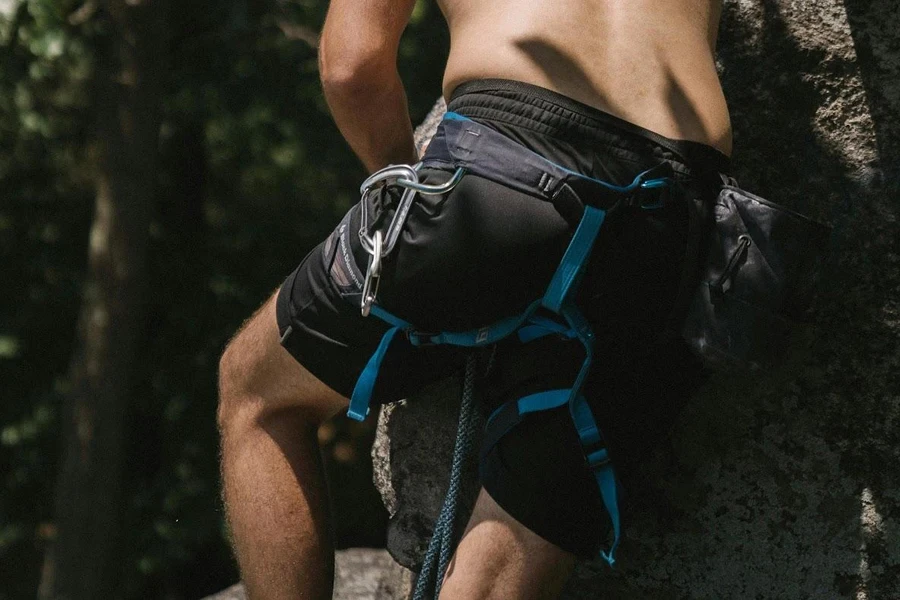
One great way to attract new customers is by partnering with local climbing gyms to host events like a “Harness Demo Day.” This strategy allows potential buyers to try out different harnesses on the wall and feel the comfort/features firsthand. Retailers can take this further by training staff to offer expert advice and potential discounts for same-day purchases.
2. Used harness trade-in programs
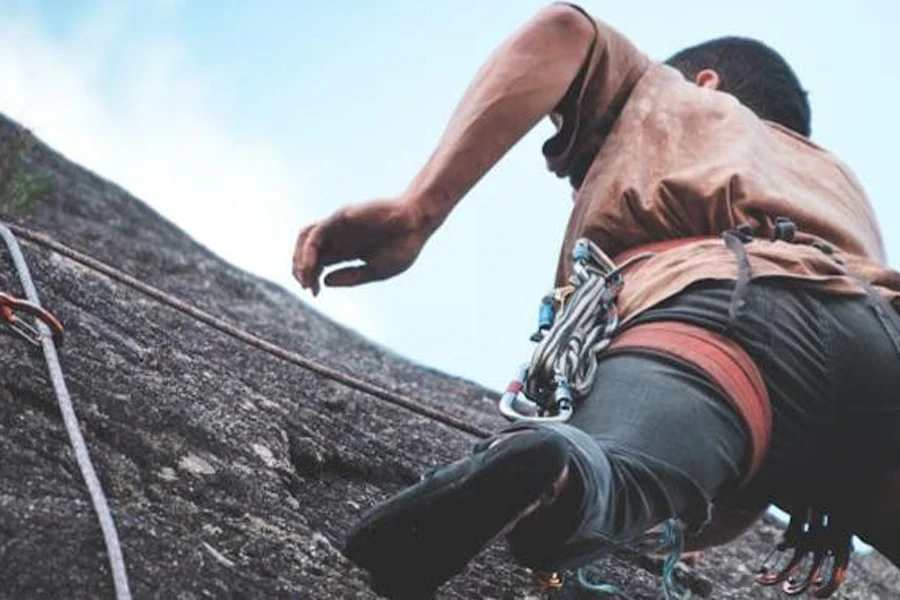
Many climbers upgrade their gear regularly. Thankfully, businesses can leverage this by offering used harness trade-in programs. This strategy entices those looking for a good deal and allows retailers to sell them a new, higher-end harness. Here’s the best part—businesses can resell the used harnesses at discounted prices, attracting budget-conscious customers.
3. Targeted social media promotions
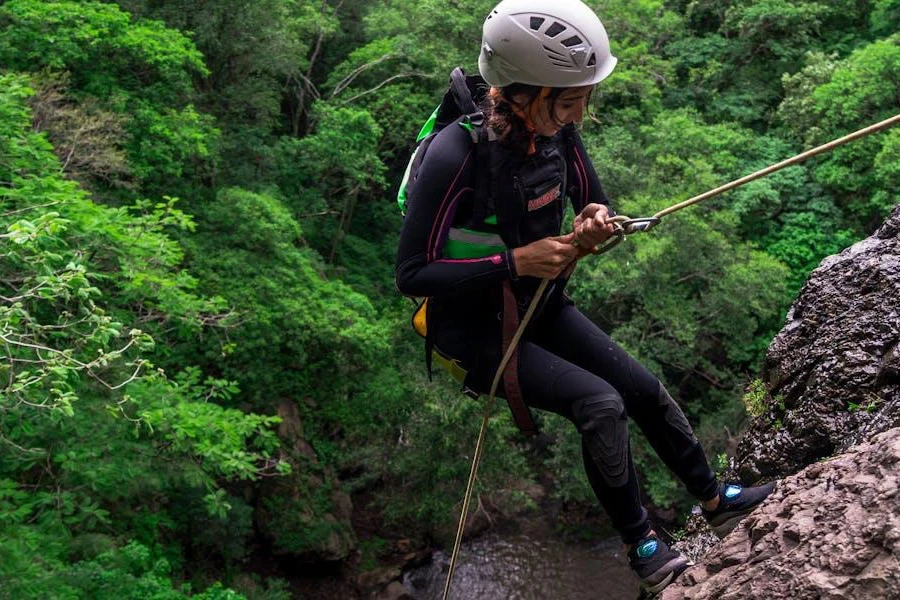
Climbers are active on social media platforms like Instagram and Facebook. So, retailers can run targeted ad campaigns showcasing the latest harness trends and the specific benefits their harnesses offer (lightweight, sustainable, etc.). They can also partner with climbing influencers to review their harnesses and provide exclusive discounts to their followers.
Final words
Climbing harnesses are super important, so offering consumers the right options is also essential. Each climbing style needs something different, meaning consumers will search for harnesses based on where they plan to scale. Ready to beef up that climbing inventory? Follow the tips covered in this article to stock attractive climbing harnesses.
And finally, if you want more articles like this then don’t forget to subscribe to Alibaba Read’s sports section to get all the latest updates.
